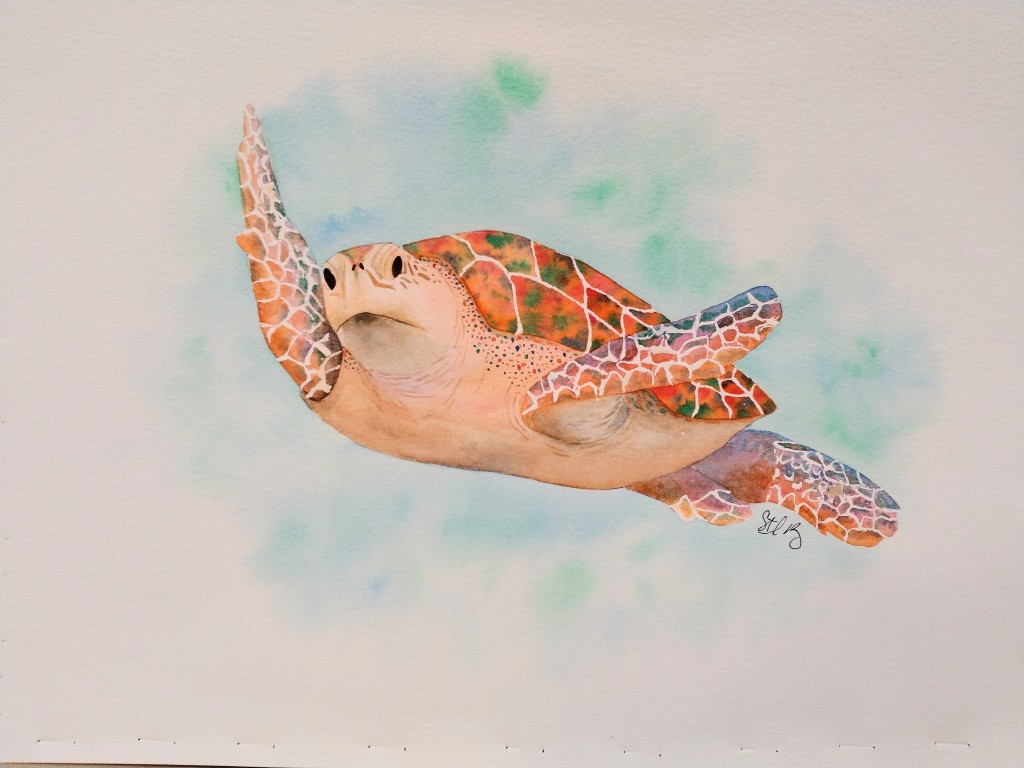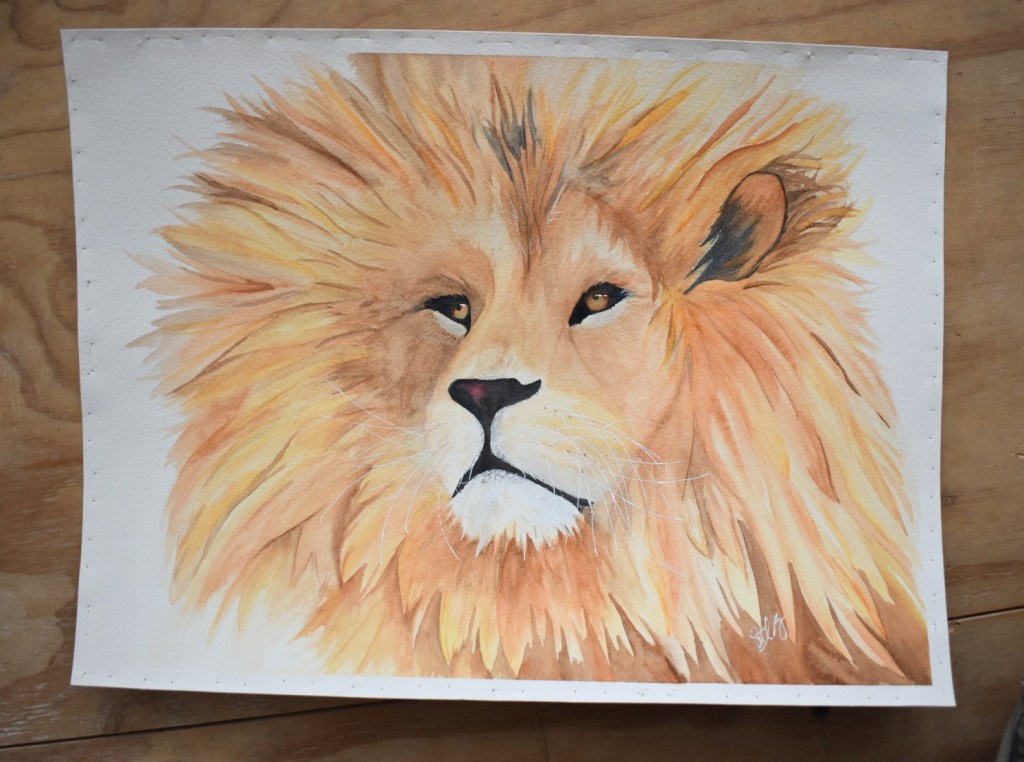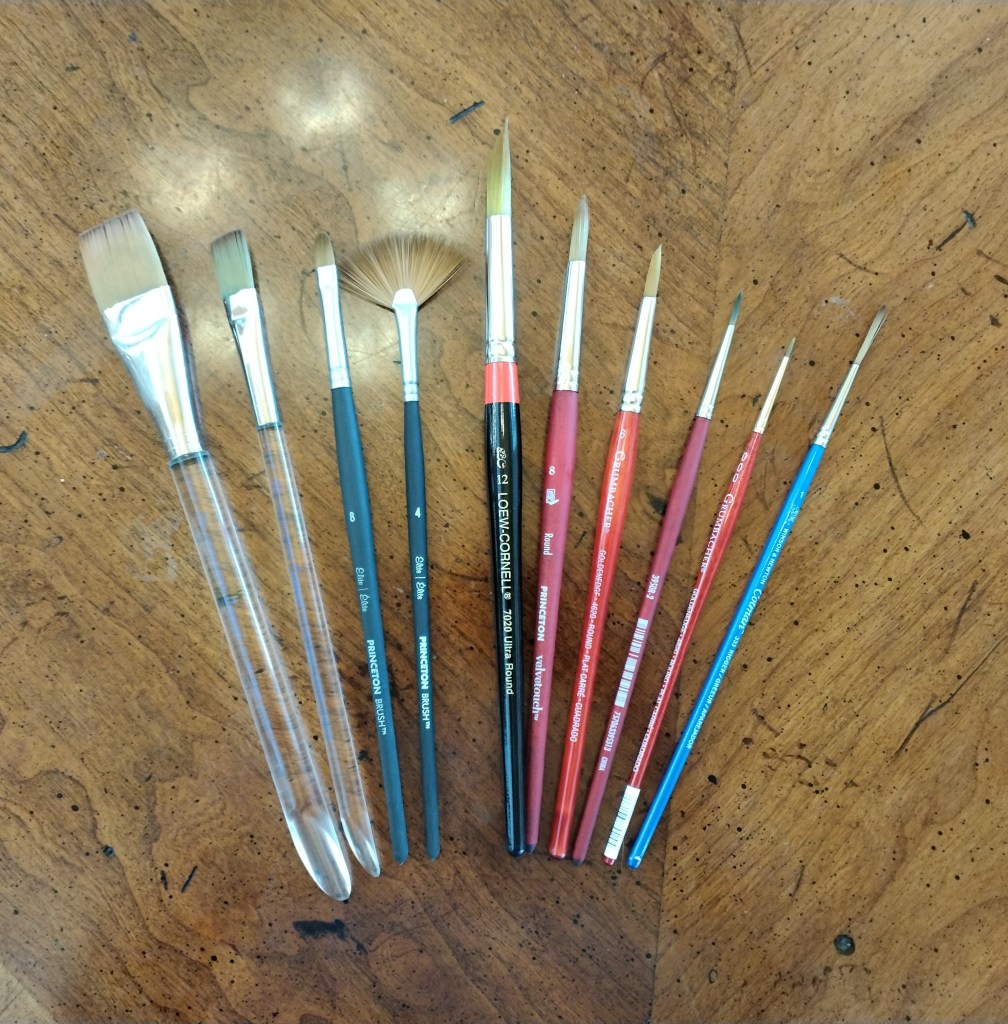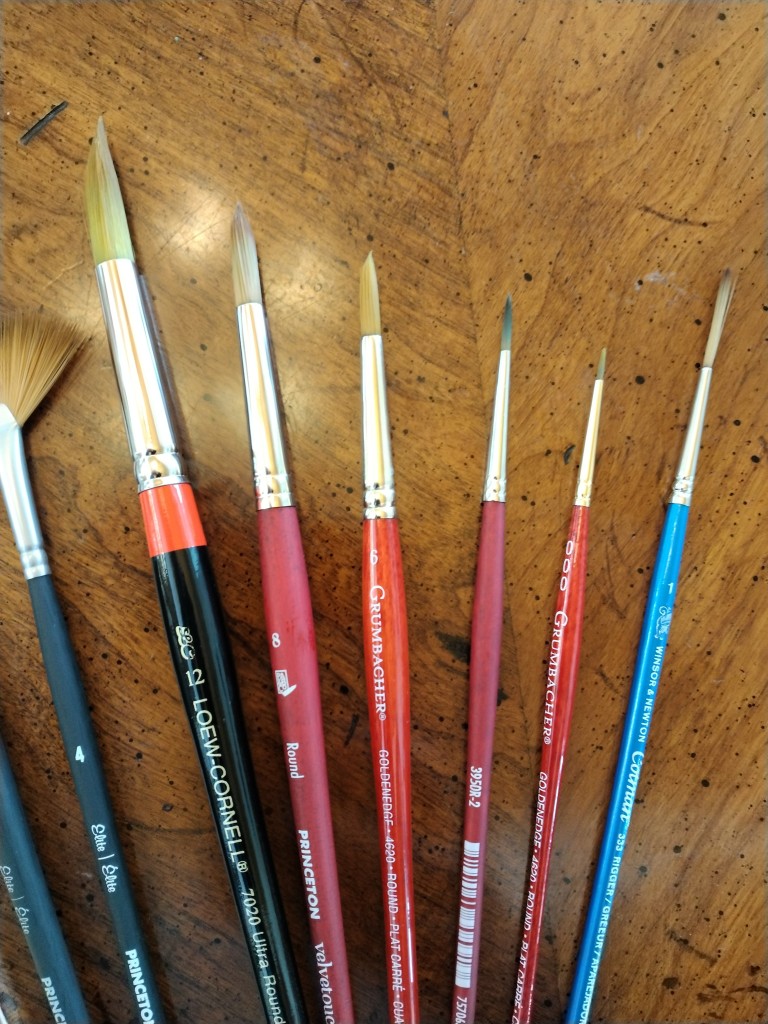I recently posted a picture of one of my most popular paintings, particularly near the coast, but it seems to be a popular animal just generally. It is an octopus. When I began painting, I had a friend ask me if I had ever painted an octopus. I hadn’t, so I went looking for reference photos. I found a lot of photos, but they were all brown or grey, not the eye-catching colors I really wanted. At the time I had never gone out on my own with artistic licensure to produce something different that the picture, or at least not making major changes, but I had decided it was time to try it. Here is the resulting painting:

When I shared this painting recently, I had a social media contact ask me if I had ever painted a sea turtle in similar colors, as she loved this painting, but also was looking for other animals that might match. Her suggestion was a sea turtle or a sea horse. I am always up for a challenge and have wanted to paint a sea turtle for a while now, so I decided to go looking for a reference photo. I found several that I liked. I have now come to the point that combining several paintings into one or changing the reference photo to look more pleasing to me anyway, has become a lot easier, so I went to work drawing and deciding how to use similar colors, as the reference photos again, were very muted yellows and browns.

I love the colors. It’s not true to the natural colors of regular sea turtles, but it pops off the page well, and I think it will make a great art print, as well as nice note cards and stickers. I am especially looking forward to making it into fabric. This painting has not been digitized yet, so there will be some adjustments to exposure, brightening of colors and things of that sort, but all in all, I love this turtle. I am grateful for the people who suggest different subjects for paintings. In the summer I get several suggests a week and can’t paint them all. But I do enjoy the challenge, as well as understanding better what the customer is looking for. This was a fun project this week. Now, what to paint next …













You must be logged in to post a comment.